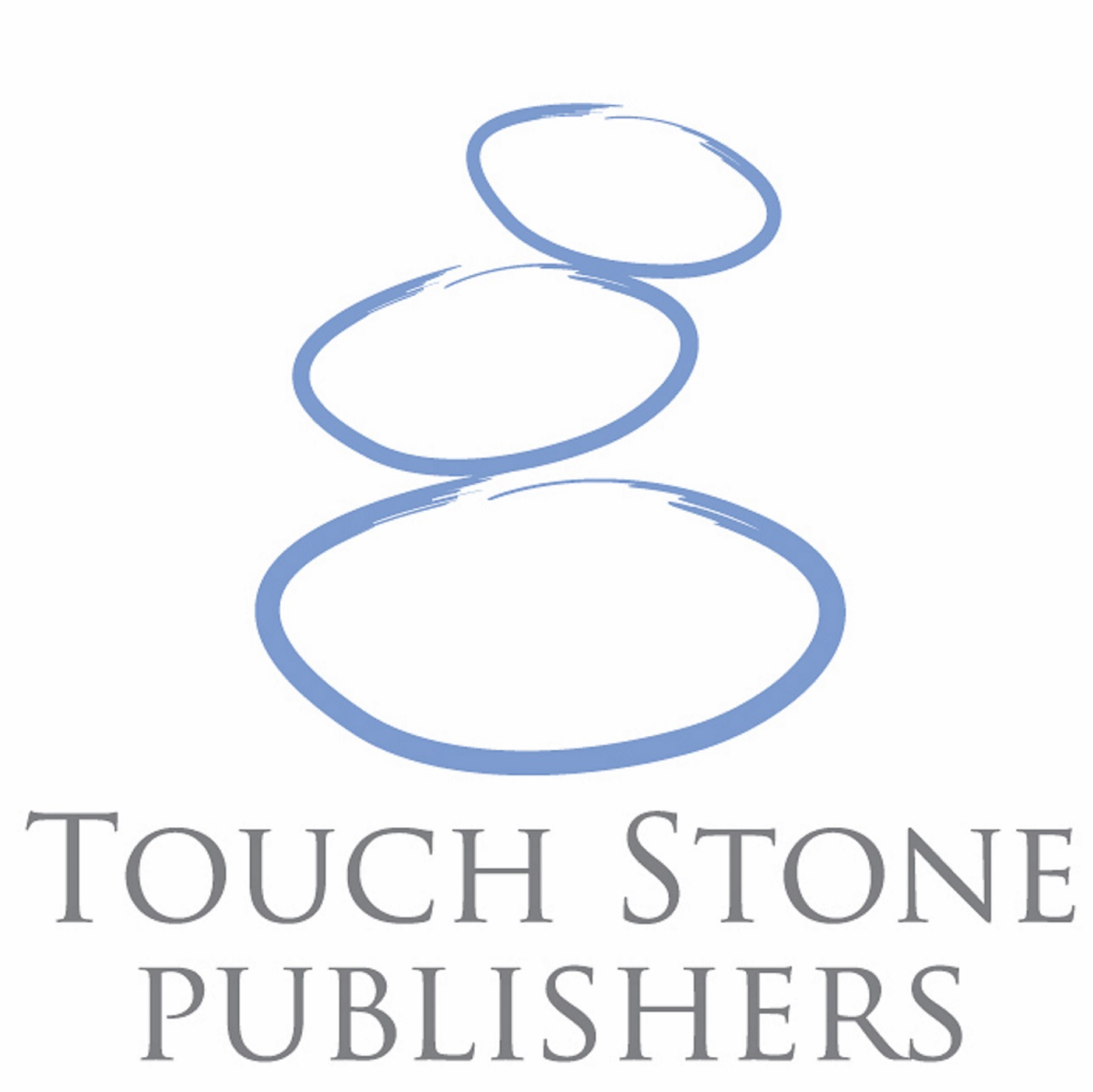Prioritizing a long-term vision amid short-term pressures is pivotal for sustainable growth and stability. It enables organizations to effectively navigate uncertainties and encourages strategic planning beyond immediate gains. Emphasizing a forward-thinking culture fosters resilience and aligns team efforts towards shared objectives. Sustainable innovation and R&D investments reveal new opportunities, while agile methodologies and diversified supply chains enhance resilience. Understanding these elements can provide deeper insights into why a forward-looking approach is essential for enduring success.
Key Takeaways
- Long-term vision ensures sustainable growth by encouraging strategic planning beyond immediate gains.
- It fosters organizational resilience, enabling effective navigation of economic uncertainties and disruptions.
- Aligns team efforts towards shared objectives, enhancing collaboration and morale.
- Supports innovation by leveraging sustainable practices and R&D investments for future opportunities.
- Enhances business continuity by minimizing disruptions and ensuring operational stability.
Cultivating a Forward-Thinking Culture

While many organizations grapple with immediate challenges, cultivating a forward-thinking culture is essential for sustained success. This approach hinges on team empowerment and creative collaboration, core elements that allow for enhanced creativity and problem-solving. A forward-thinking culture values the thoughts and actions of its members, with leadership support and strategic alignment playing pivotal roles. Delegation empowers team members, fostering leadership even in the leaders' absence. Recognition of creative efforts, regardless of success, promotes an environment where innovation thrives. Happy employees are more likely to be loyal and productive, contributing positively to the company's long-term goals and success. Companies that focus on long-term strategies can gain a competitive advantage and outperform their peers. Effective communication, marked by transparency, guarantees everyone is aligned with the long-term vision. Innovation labs and continuous learning initiatives further bolster this culture, encouraging diverse perspectives. Ultimately, this strategy outperforms short-term tactics in revenue and shareholder returns.
Embracing Sustainable Innovation
Sustainable innovation, increasingly regarded as a pivotal business strategy, fundamentally reshapes how companies approach growth and responsibility. Revenue from sustainable products surged by 91% between 2010 and 2013, outpacing overall growth considerably. This shift underscores the financial viability of green practices as they capture market segments prioritizing sustainability. In fact, S&P Global 100 companies saw sustainable revenue grow six times faster than overall revenues, highlighting the rapid adoption and success of eco-friendly offerings. Sustainable products accounted for 21% of total revenues by 2013, illustrating their growing importance. Beyond financial gains, sustainable innovation enhances resource efficiency and promotes social equity, offering long-term benefits like reduced environmental degradation and improved worker safety. Companies embracing these initiatives witness heightened employee engagement and productivity. As organizations increasingly prioritize finding new revenue streams, they are also recognizing the importance of integrating sustainable innovation into their long-term strategies. As the circular economy rises, green practices are expected to be nearly ubiquitous by 2025, heralding a profound economic transformation. Companies that align their corporate goals with sustainable innovation not only contribute to environmental preservation but also unlock new business opportunities.
Navigating Short-Term Challenges

In the ever-evolving business landscape, companies frequently encounter a myriad of short-term challenges that demand strategic acumen and adaptability. Efficient cash flow management becomes paramount, with strategies like early payment discounts and automated invoicing reminders proving essential to improving liquidity. Small business owners often face the unique challenge of navigating competitive markets with limited resources, making it crucial to develop a comprehensive business strategy tailored to their needs. Businesses are urged to diversify revenue streams and strengthen ties with financial institutions for resilience. Concurrently, fostering employee engagement is critical; recruiting skilled personnel, providing ongoing training, and maintaining clear communication channels boost morale and productivity. Additionally, creating a supportive community within the organization can empower employees and enhance long-term performance. Moreover, there is a growing emphasis on quarterly reporting as CEOs often view it as an inconvenience or necessary evil, perceiving that it distracts from long-term sustainable value creation.
Investing in Research and Development
Amid the complex landscape of short-term challenges, companies are urged to maintain a robust long-term strategy by investing in research and development (R&D). In 2022, U.S. R&D expenditures reached $885.6 billion, reflecting a 12% increase from the previous year. The business sector, contributing 78%, emphasizes the importance of strategic R&D collaboration strategies. Significantly, funding allocation methods reveal the federal government's commitment, with $159.8 billion directed toward R&D, including substantial support for life sciences. Understanding diverse communication styles is crucial for leaders aiming to foster a positive work environment that encourages innovative thinking and collaboration. The CHIPS and Science Act further signifies targeted investment, appropriating $52.7 billion to enhance semiconductor R&D. The tendency of hedge-fund activists to prioritize short-term gains adds to the challenges faced by companies aiming to implement long-term R&D projects. Globally, about 10 countries account for 80% of total R&D spending, underscoring the competitive nature of innovation on the international stage. This financial distribution guarantees that sectors like health, software, and higher education continue to thrive, driving innovation and maintaining global competitiveness amid evolving economic pressures.
Building Resilience for the Future

Resilience emerges as a vital attribute for organizations maneuvering the uncertainties of an ever-evolving economic and global landscape. Integral to this resilience is a thorough risk management framework that identifies and mitigates potential disruptions. Organizations are advised to conduct formalized risk assessments, continuously evaluating vulnerabilities in their operations, supply chains, and workforce. During crises, leaders often shift their focus from long-term strategies to immediate short-term management, which can threaten future value creation. A culture of preparedness is essential, where employee well-being is prioritized, fostering trust and transparency. Building organizational resilience is crucial, as 83% of organizations experienced multiple data breaches, underscoring the need for proactive strategies. Encouraging continuous learning and collaboration across all levels can enhance adaptability. Agile methodologies further equip organizations to respond swiftly to changes. Additionally, leveraging technology for business continuity and diversifying supply chains can bolster resilience, ensuring long-term stability. The Science of Goal Setting emphasizes the importance of having clear objectives in navigating uncertainties. Establishing a dedicated risk management leader can further underpin these efforts.






